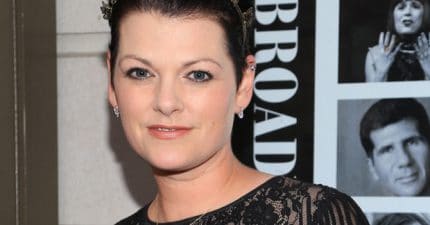The Actors’ Equity Association announces guiding principles for Broadway’s reopening
The Actors’ Equity Association (AEA), also referred to as Actors’ Equity is a North American labor union which represents the world of live theatrical performance. It is currently under the direction of President Kate Shindle and represents over 51,000 actors and stage managers across North America.

AEA recently released a number of guidelines that the association will be following in order to ensure the safety of actors and stage crew when the industry returns to the stage.
“I do not think that making everything safe for the audience — although that is important — and leaving the people on stage to be epidemiological guinea pigs is the right answer,” says Equity president Kate Shindle.
The four guidelines for Broadway’s reopening are:
- The epidemic must be under control, with effective testing, few new cases in the area and contact tracing.
- Individuals who may be infectious can be readily identified and isolated, with frequent, regular and accurate testing with speedy results.
- The way we audition, rehearse, perform and stage-manage may need to change and the venues we work in may need to undergo changes in order to reduce the risk.
- Efforts to control COVID-19 exposure must be collaborative, involving Equity members, employers, the union and all others involved in the production of theatre. There must be collective buy-in and ongoing evaluation and improvement of health and safety practices.
The guidelines were presented by AEA officials and public safety consultant Dr. David Michaels, who said more detailed plans were in the works, but it was too early to give anything concrete.
“These four principles are the foundation for our continued work with Dr. Michaels,” said executive director Mary McColl.
“We intend to build out protocols that can be used by our employers and all of our colleagues to ensure that everyone who works in the theatre has the safest workplace possible.”
The guiding principles mirror the thorough testing and contact tracing seen in South Korean productions which continued to operate at over 90% capacity during the peak of the virus wave in February. This level of testing, tracing, identification and subsequent isolation of infected attendees and production cast and crew would be an enormous task for venue operators. This model also highlights the issues of tracking all the individuals the infected person came into contact with, in the days leading up to the positive result. If an individual caught public transport, ie the New York subway, to what extent would the level of contact tracing be carried out.
To complicate matters, for this model of testing to be effective such identification and isolation would require frequent testing, “high sensitivity” tests to reduce false negative results, “high specificity” tests to reduce false positives, and quick turnarounds for results.
Dr Michaels recommendations also include modifications to venues to minimise coronavirus transmission exposure on top of strict sanitisation practices for audience members and in house staff. Michaels also suggests the hiring of additional understudies and assistant stage managers.
To date Broadway is scheduled to reopen on September 8.



